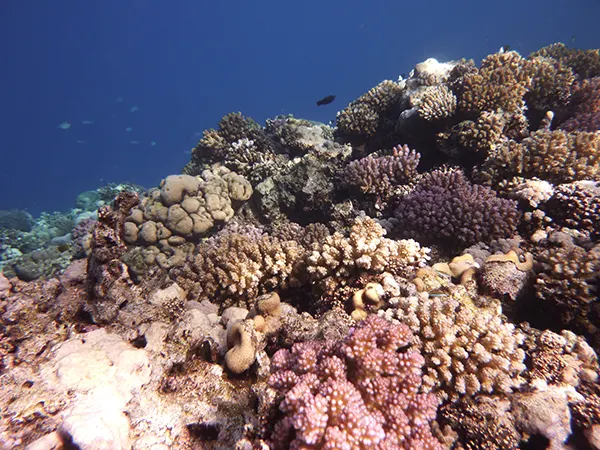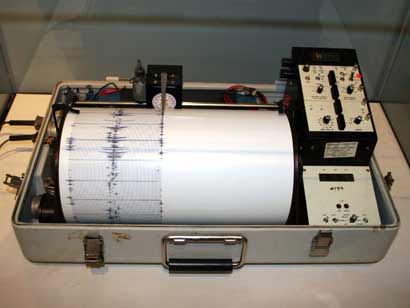American scientists working on making Coral adapt to warmer water

There is as much life in the water as there is above it. If Amazon rainforest are the ‘Lungs of the Earth’ then Coral reefs are referred to as ‘Lungs of the Planet’. Coral is an invertebrate that belongs to the group Cnidaria with colorful and attractive creatures. Cnidaria is a phylum of animals with more than 10,000 members of biological species which are found in marine and sweet water reservoirs. However, most of these are found in the ocean. Talking about corals, they are feared to be extinct due to climate change and rising temperatures, but based on a new study, researchers have said that they can be enabled to live in warmer waters.
The experiment was led by researchers from the University of Miami (UM) Rosenstiel School of Marine and Atmospheric Science. The 90-day experiment showed that the coral was able to survive in warmer waters.
At present, one of the biggest concerns of the earth is the increase in global temperature. Its effect is also being seen on the creatures living in the sea, which will increase with time. Some studies have suggested the extinction of corals. According to a study, 90 percent of coral reefs will be extinct after about two decades. In such a situation, their conservation is a big challenge.
Based on this new study published in the journal Coral Reefs, researchers believe that it can help in the conservation of corals and bringing them back to where they are disappearing. The staghorn coral is endangered throughout South Florida and the Caribbean and is listed as ‘threatened’ under the Endangered Species Act.
Experiments done in the past
Similar experiments have been done in the past, in which the effect of high temperature on corals was investigated only for a short time. In this new experiment, researchers tried to know the effect of prolonged high temperatures on corals.
Making Coral adapt to warmer water
According to study lead author Allyson DeMarlis, PhD student at UM Rosenstiel School, the experiment on coral was similar to preparing an athlete for a race. ‘In this we were able to see that this type of training can increase the ability of corals to survive in higher temperatures.’ Alison and scientists from the National Oceanic and Atmospheric Administration’s (NOAA) Atlantic Oceanographic and Meteorological Laboratory obtained six different corals for the experiment. Divided it into three groups. In the first they were kept in the outdoor environment, while in the second they were kept at a constant temperature in the laboratory. Apart from this, a change in its temperature was brought in the third group. In the second group, the temperature of the corals in the laboratory was kept at 28 °C, while in the third group the temperature was kept 28 to 31 °C for three months. Twice a day its temperature was taken to a maximum of 31.









